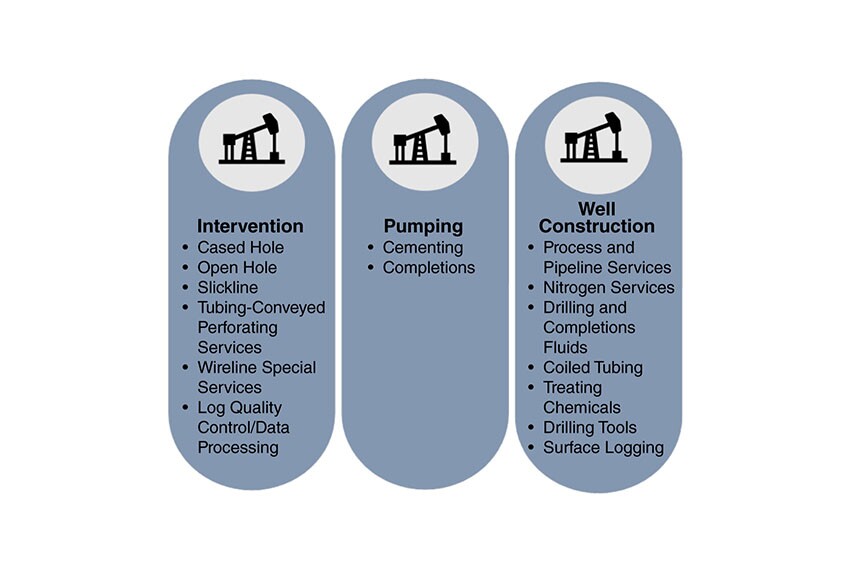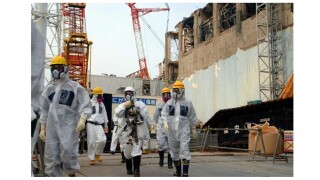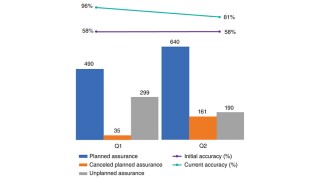Health
This paper describes a risk-based self-verification process conducted through a bespoke software application.
This paper discusses and demonstrates the limitations of quantitative risk assessment (QRA) with respect to the usefulness of the concept in managing day-to-day and emerging risks as well as the effect of change.
This paper describes a tool that complements predictive analytics by evaluating top health, safety, and environment risks and recommends risk-management-based assurance intervention.
-
The Advanced REACH Tool is a mechanistic higher-tier model to estimate inhalation exposure to chemicals using a Bayesian approach. This paper provides a discussion of the key modifying factors that should be considered to extend the model to include welding fume exposure.
-
Increasing evidence suggests that welding-fume exposure is associated with systemic inflammation.
-
Though many people understand that employers have workplace responsibilities regarding their employees' health and safety, far fewer understand that the employees also have certain legal obligations they must meet.
-
This systematic review aimed to evaluate the association between shift work and eating habits and suggests that shift work can affect the quality of workers’ diets. Shift workers show changes in meal patterns, skipping more meals and consuming more food at unconventional times.
-
The biggest problem is not in the everyday operation or use of tools or machinery, no matter how dangerous they may be. It’s when plans veer away from the day-to-day routine that’s the biggest problem.
-
Academic scientists and advocacy groups are urging the Environmental Protection Agency to withdraw and rewrite proposed guidelines for determining which scientific findings to use when evaluating the safety of toxic chemicals.
-
Determining the best way to meet the needs of colleagues and employers, as well as enlisting them to help meet goals, takes effective listening.
-
Welding produces miscellaneous gases and particles that have various effects on respiratory systems, and long-term exposure may result in "welder's lung." The aim of this study is to describe radiological findings of welders' lung.
-
Nighttime environmental noise affects sleep quality. However, the effects of daytime occupational noise remain unclear.
-
Effective Prevention of Tuberculosis Transmission in Oil and Gas Workplaces: A Programmatic ApproachIntegrating a tuberculosis (TB) control program into existing operation systems has provided a sustained approach for effective and efficient prevention of TB transmission in the workplace.












